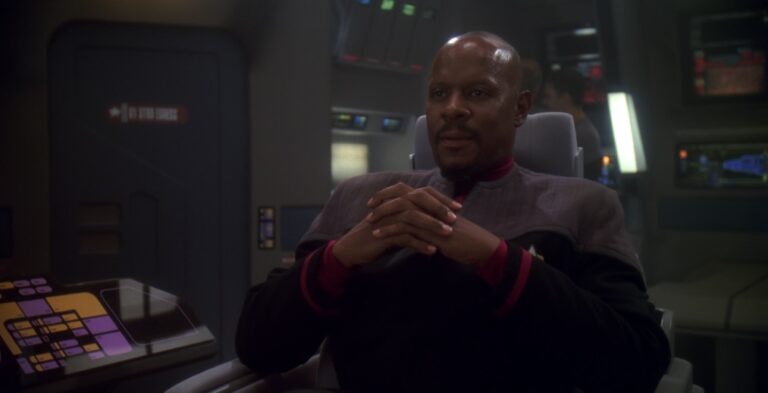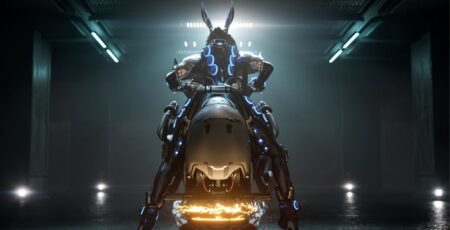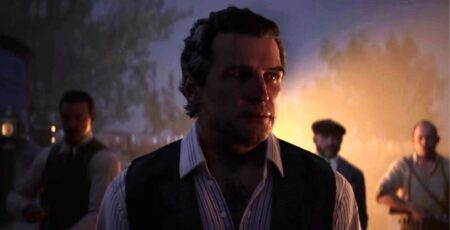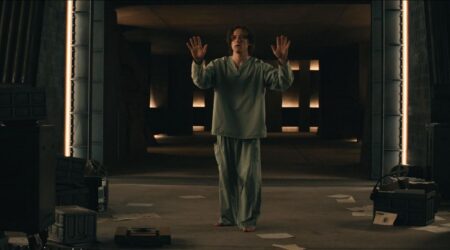Few burdens are heavier than stepping into the shoes of an untouchable legend. For Benjamin Sisko (Avery Brooks) in Star Trek: Deep Space Nine and Sam Wilson in the MCU, the looming presence of their predecessors—Captain Jean-Luc Picard and Steve Rogers—shaped their paths. Picard and Steve embodied near-mythological ideals: the flawless diplomat, the unwavering hero, and the unquestionable moral center of their respective franchises. However, Sisko and Sam had to redefine leadership on their own terms, forging a new legacy instead of trying to replicate perfection.
The Burden of Following a Legend
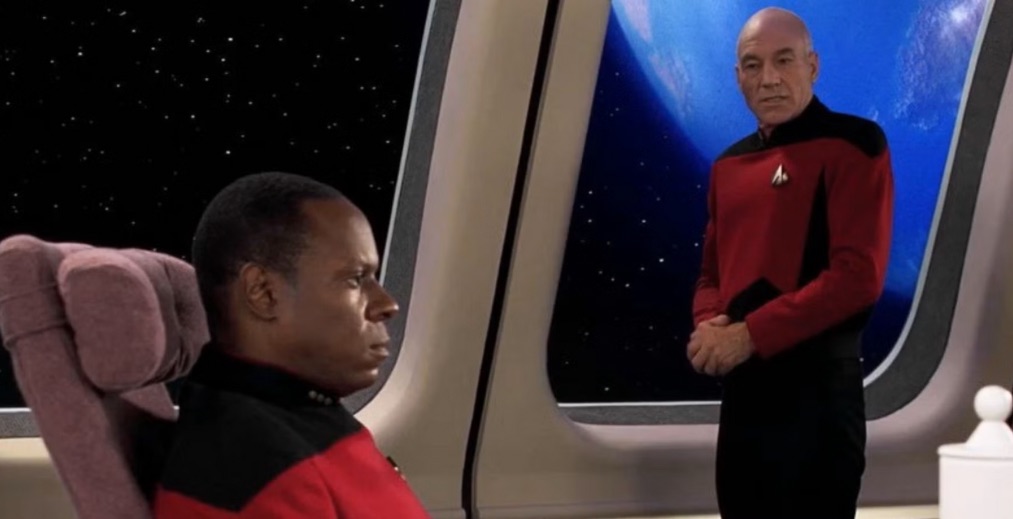
After giving the godly Q a much-needed reality check, Captain Sisko made it clear from the start: “I am not Picard.” It wasn’t just a personal declaration—it was a necessity. He wasn’t given the Enterprise, the flagship of the Federation, to explore the stars. He was stationed on Deep Space Nine, a broken, war-torn outpost at the crossroads of interstellar conflict, where diplomacy was messy and morality was rarely clear-cut. He couldn’t afford to be an idealized statesman—he had to be something else entirely.
Sam Wilson’s defining moment in Captain America: Brave New World echoes this sentiment. When he gets back up after a brutal fight at the film’s start, instead of Steve Rogers’ famous “I can do this all day,” Sam simply says, “Let’s get this over with. I got s*** to do.” That one line tells us everything. Steve’s perseverance was rooted in idealism, while Sam’s is grounded in necessity. He doesn’t fight to prove a point; he fights because the job isn’t done yet. Like Captain Sisko, he doesn’t have the luxury of standing on ceremony—his leadership is about action, about carrying weight no one else will.
Both men are kind but don’t mistake their kindness for weakness. They are both willing to go deeper, to make the harder choices, to compromise their own peace of mind for the sake of the people they are responsible for.
Strength on Their Own Terms
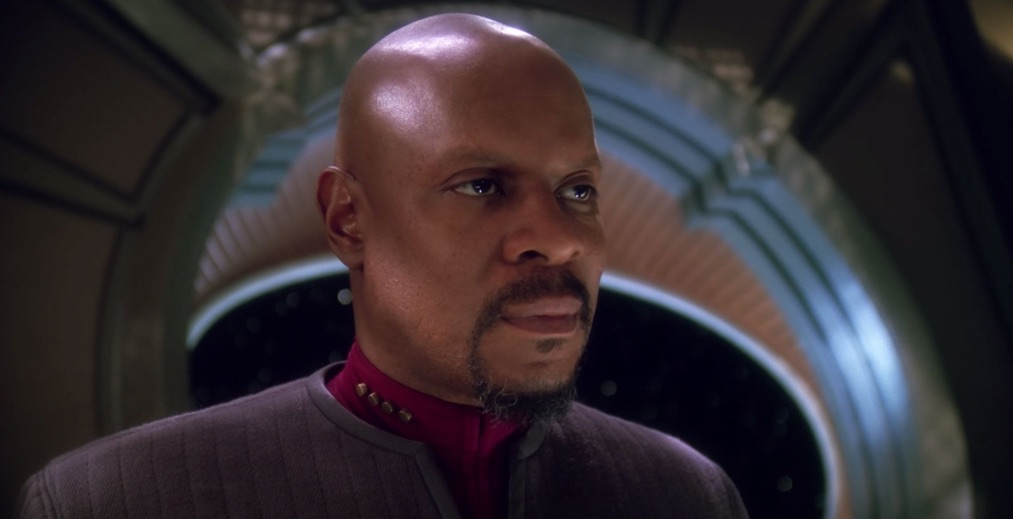
Sisko was not a traditional Starfleet captain. He was pragmatic, emotional, and willing to bend the rules when necessary. Episodes like “In the Pale Moonlight” showcased the uncomfortable realities of leadership in war, forcing Captain Sisko to make choices Picard would never have. He wasn’t the idealized explorer—he was a commander navigating the politics of a volatile space station, making decisions with long-term consequences for both Starfleet and Bajor.
Sam Wilson, too, defies expectations as Captain America. Unlike Steve Rogers, he is not a super-soldier, yet his leadership is defined by strategy, empathy, and moral clarity rather than raw strength. In The Falcon and the Winter Soldier, Sam refuses to take the easy route, confronting power structures rather than simply fighting their enforcers. Where Steve was an indomitable symbol, Sam is a leader who listens, engages, and challenges authority in ways that reshape what it means to carry the shield.
The Burden of Black Leadership
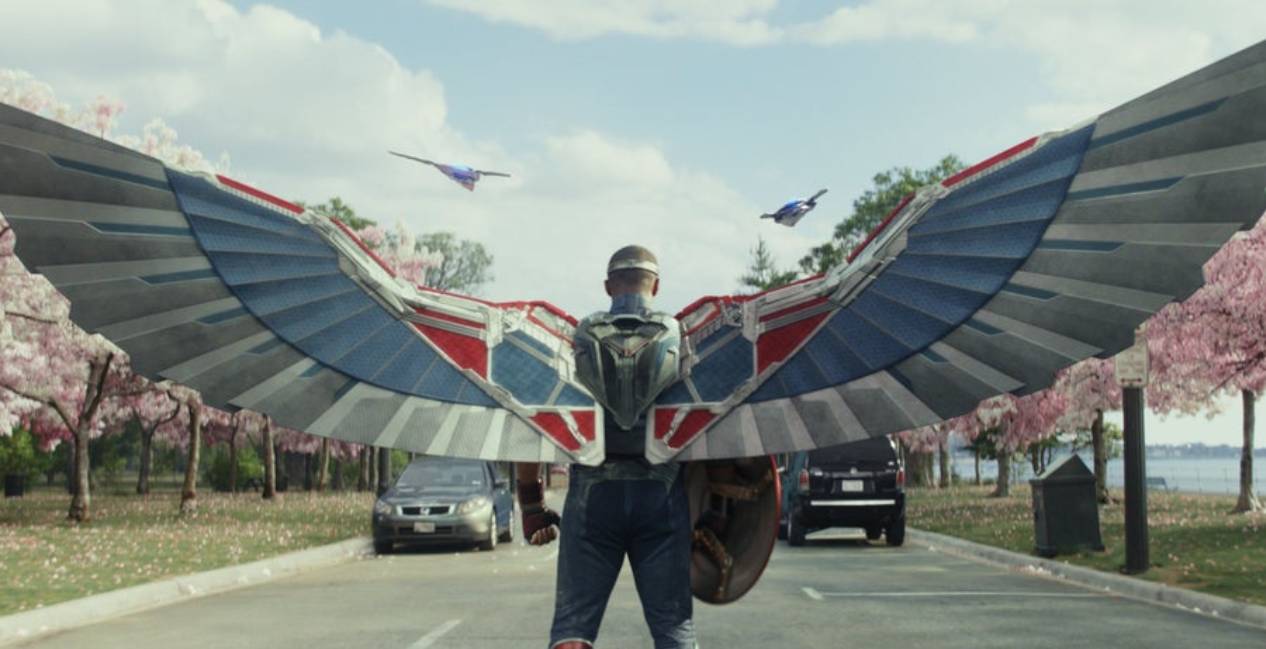
One of the unspoken but deeply felt struggles both Sisko and Sam share is the management of their own anger. As Black men in positions of power, they know they cannot afford to be perceived as “angry.” Despite the pressures he faces, Sisko—from Bajoran politics to Starfleet bureaucracy to the looming war with the Dominion—rarely lets his temper break the surface. Even when he does (as seen in “For the Uniform” or “Far Beyond the Stars”), it’s contained, calculated, and serves a greater purpose.
Sam Wilson faces a similar burden. In The Falcon and the Winter Soldier, he absorbs the microaggressions, the disrespect, and the outright dismissal of his worth as Captain America with quiet determination. Even in the face of systemic injustice—Isaiah Bradley’s story, the government’s rejection of him, the racial profiling Sam experiences—he must navigate a world where if he responds with anything other than measured control, he risks being labeled exactly what the system expects him to be.
Both Captain Sisko and Sam operate under a system that would prefer them to fail, but they succeed by channeling their emotions into action. They refuse to let the world define them by the stereotypes they are constantly forced to push against.
The Power of Words Over Weapons
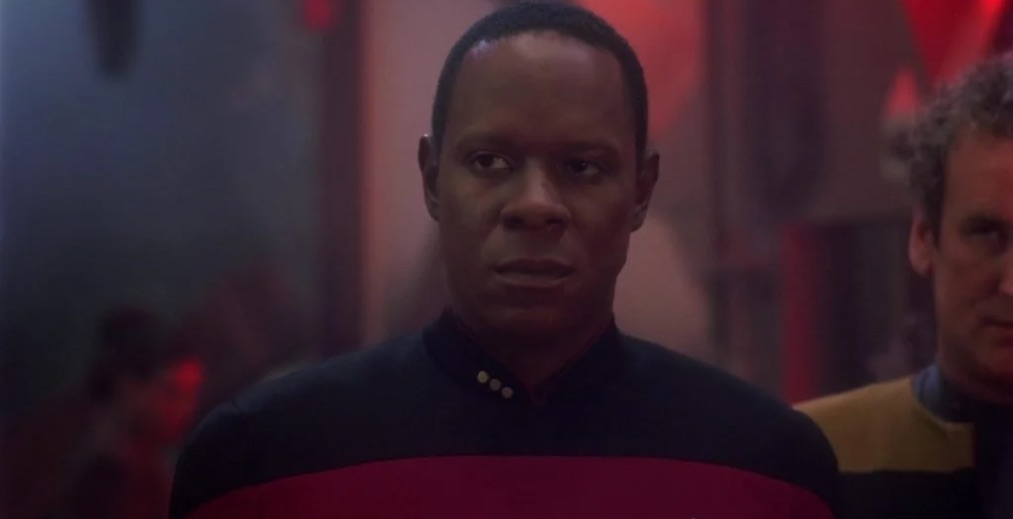
While both Sisko and Sam can handle themselves in combat, their greatest strength is their ability to wield words as effectively as any weapon.
Even at his most ruthless, Captain Sisko understands that lasting victories aren’t won through brute force. Whether he is negotiating Bajor’s political future, outmaneuvering the Dominion, or even convincing his crew to cross ethical lines, his words are his most effective tool. He is not afraid of action, but he knows that true leadership comes from building bridges, not just destroying enemies.
Sam Wilson’s leadership follows the same philosophy. His final speech in The Falcon and the Winter Soldier is a masterclass in what it means to lead not just by strength but by compassion. He doesn’t defeat Karli Morgenthau with fists—he confronts the broken system that created her. He doesn’t demand power; he demands responsibility. Like Sisko, he is a fighter when necessary, but his ability to communicate, inspire, and lead by example makes him truly worthy of the mantle he carries.
Redefining Legacy
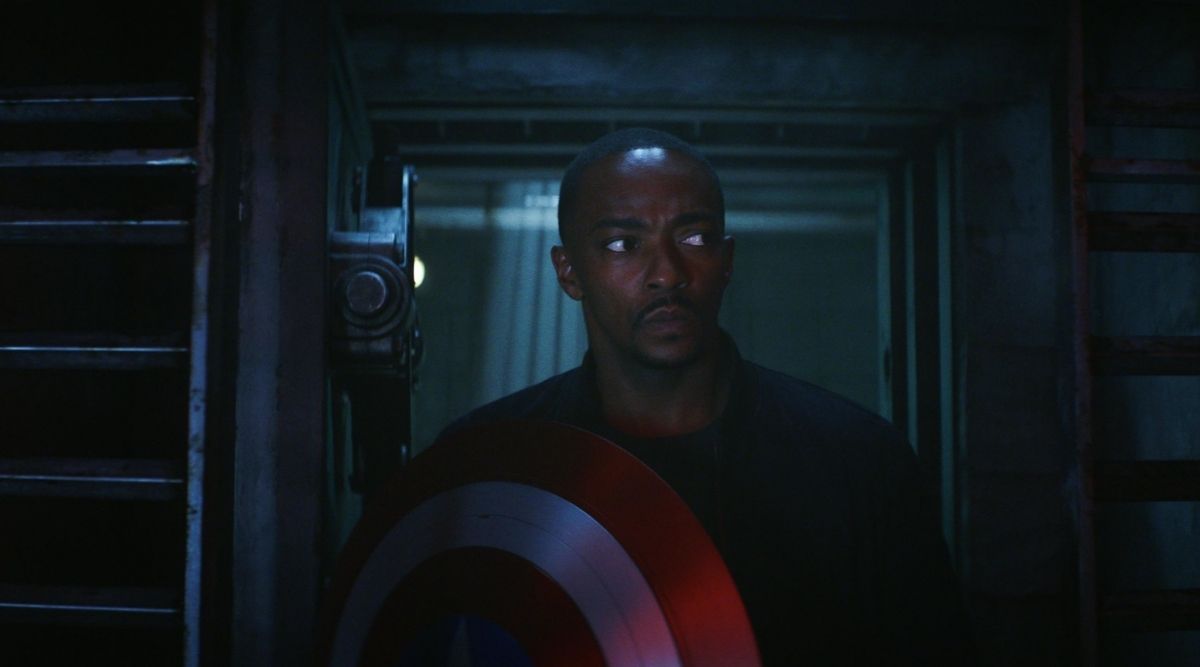
Legacy is more than inheritance—it’s transformation. Sisko’s journey took him beyond Starfleet as he embraced his role as the Emissary of the Prophets. This was a departure from the typical Starfleet narrative, intertwining science fiction with spiritual destiny in a way Star Trek had never explored before. Sisko’s arc challenged what it meant to be a Starfleet leader, proving that leadership could take different forms beyond the model established by Kirk and Picard.
Sam Wilson’s Captain America is similarly about evolution, not replication. He doesn’t try to be Steve Rogers—he acknowledges the flaws in the system that created Captain America in the first place. His defining moment is not about proving his worth but embracing the complexity of the symbol, knowing that Captain America must stand for something greater than nostalgia. Like Sisko, he doesn’t just step into a role—he reshapes it to reflect a new era.
The journeys of Avery Brooks’s Benjamin Sisko and Anthony Mackie’s Sam Wilson matter because they represent unconventional, necessary, and unapologetically transformative leadership. They were not the expected choices, but their presence forced their franchises to evolve in ways that wouldn’t have happened under their predecessors.
Without Sisko, Star Trek might never have dared to make its lead character someone who challenged the Federation’s ideals so directly. Without Sam Wilson, the MCU’s legacy of heroism would remain static, forever tethered to the past rather than engaging with the realities of today.
Sisko walked so Sam could run—not by following in Picard or Steve’s footsteps, but by forging their paths, ensuring the future of their franchises was more complex, inclusive, and, ultimately, more real.

